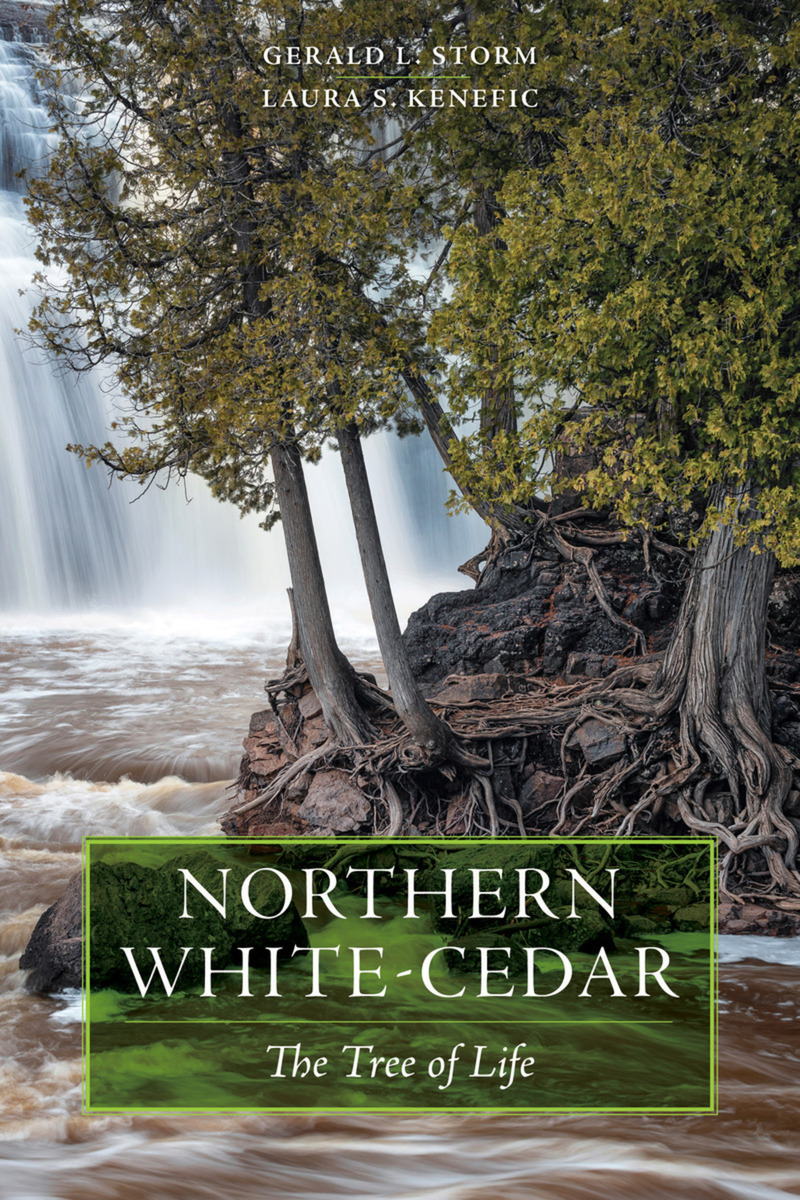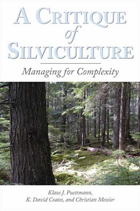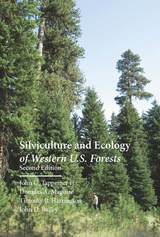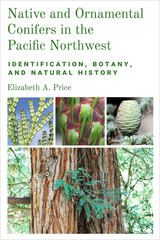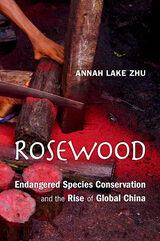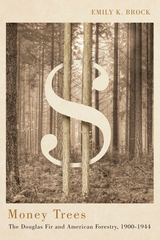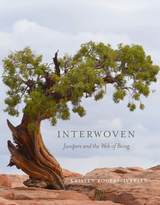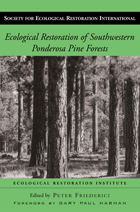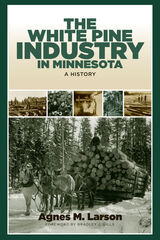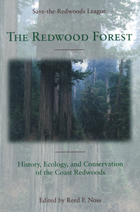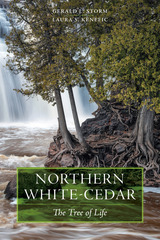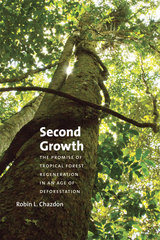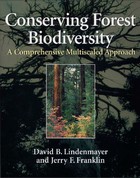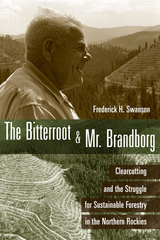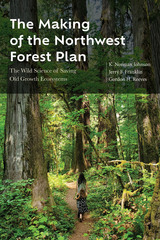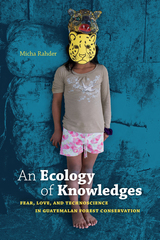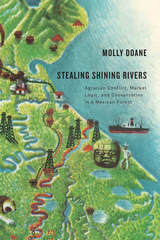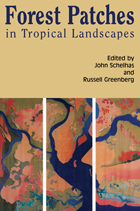Northern White-Cedar: The Tree of Life
Michigan State University Press, 2022
eISBN: 978-1-60917-697-6 | Paper: 978-1-61186-428-1
Library of Congress Classification SD397.T53S76 2021
Dewey Decimal Classification 634.9756
eISBN: 978-1-60917-697-6 | Paper: 978-1-61186-428-1
Library of Congress Classification SD397.T53S76 2021
Dewey Decimal Classification 634.9756
ABOUT THIS BOOK | AUTHOR BIOGRAPHY | REVIEWS | TOC | REQUEST ACCESSIBLE FILE
ABOUT THIS BOOK
If trees had personalities, the northern white-cedar would be an introvert. It is unassuming, tending to be small in stature with narrow crowns. It is patient, growing slowly beneath the canopy of larger trees. It is fragile, with weak wood prone to decay when living. But just as people have hidden depths, so too does the northern white-cedar. It is persistent, growing quickly to take advantage of canopy openings when they occur. It is tenacious, living for centuries or even a millennium. It is resilient, thriving even with a high proportion of rotten wood, and resourceful, finding places to live where other trees don’t prosper. It is constantly reinventing itself with branches that grow roots when resting on the moist ground. And people have long valued the tree. Native Americans used its lightweight, rot-resistant wood to make woven bags, floor coverings, arrow shafts, and canoe ribs. They extracted medicine from the leaves and bark to treat a variety of illnesses. A Haudenosaunee decoction of northern white-cedar is credited with saving the French explorer Jacques Cartier’s crew from scurvy, and the French dubbed it l’arbre de vie: the tree of life. This tree similarly gives life to many creatures in North American forests, while providing fence posts, log homes, and shingles to people. But the northern white-cedar’s future is uncertain. Here scientists Gerald L. Storm and Laura S. Kenefic describe the threats to this modest yet essential member of its ecosystem and call on all of us to unite to help it to thrive.
See other books on: Conservation | Ecology | Plants | Tree | Trees
See other titles from Michigan State University Press
